NEWS
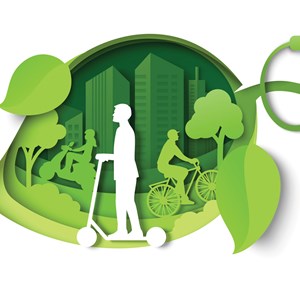
The standardization activities of CEN and CENELEC for the transport sector on interoperability and safety requirements are well known. But CEN and CENELEC are also very active in another key topic for the transport industry: the environmental impact and circularity of materials used for vehicles and transport infrastructure.

The transport of liquid chemicals and liquefied gases is a strategic activity, which impacts many sectors in our society: energy for industrial ovens and furnaces, insecticides, textile, paints, fertilizers, plastic components, medical applications, and so on.
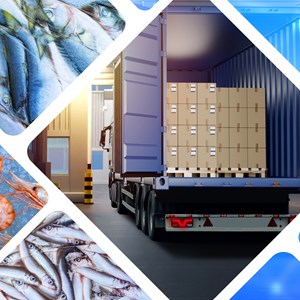
Every day, there is an intense circulation of road and rail vehicles transporting various sensitive goods: fresh fruits, meats, flowers, vaccines, organs, medical devices, or chemicals. To be safely transported and ensure they keep their properties, these goods need to be kept at a constant controlled temperature in appropriate vehicles equipped with the necessary equipment.

The hyperloop is a new technology being developed by several companies all around the world. An innovative means of transport for large volumes of passengers and cargo, it is based on new or emerging technologies, such as low-pressure environment or magnetic levitation, that allow it to travel at very high speeds and protected from bad weather or other negative external conditions.
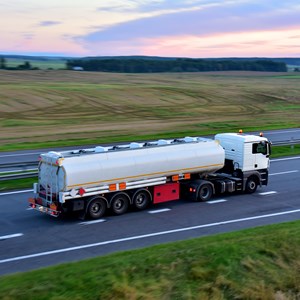
The transport of dangerous goods (TDG) is a field where the precision of control, measurement and event data of electronic equipment is crucial. To ensure the necessary level of precision, high-level standards are fundamental. Therefore, new EN 15969-1:2022 ‘Tanks for transport of dangerous goods - Digital interface for the data transfer between tank vehicle and with stationary facilities - Part 1: Protocol specification - Control, measurement and event data’, which addresses this need, is a welcome addition to CEN’s portfolio.

Climate change is one of today’s most urgent challenges and requires collective action. To achieve this aim, air travel is among the priority sectors to target: while its social and economic benefits are undeniable, aviation accounts for 2-3% of global CO2 emissions annually.

Intelligent Transport Systems (ITS) are a vital tool to increase safety and tackle Europe's emission and congestion problems. By applying information and communication technologies to passenger and freight transport modes alike, they can help make the way we move safer, more efficient and more sustainable.
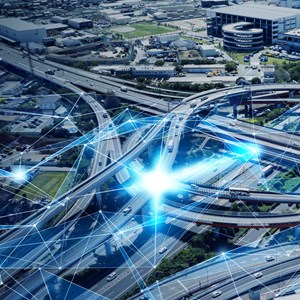
The functioning of society depends on the transportation of goods and persons. The infrastructure required to enable transportation is built to ensure that this can happen safely and smoothly, providing specified high levels of service.
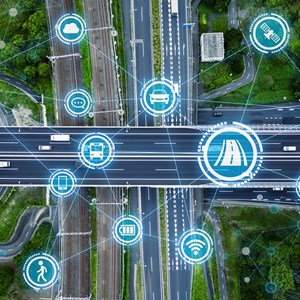
This WS developed the CWA (CEN-CENELEC Workshop Agreement) ‘Guidelines for the assessment of resilience of transport infrastructure to potentially disruptive events’. This CWA describes a methodology for infrastructure managers to properly measure the Level of Service (LoS) provided by, and the resilience of, their transport infrastructure to natural hazards. These steps will ensure that infrastructure managers can systematically identify appropriate resilience enhancing actions and ensure the effective allocation of limited resources.
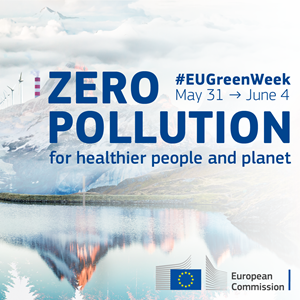
This year’s edition of the EU Green Week, which is beginning today, 31 May, is dedicated to the “zero pollution ambition”. Every year, millions of people are directly or indirectly affected by air pollution in the European Union. The transport sector is one of the major causes of its pollution and it deeply impacts the health of the population, and particularly of people who live in areas of very intense traffic.